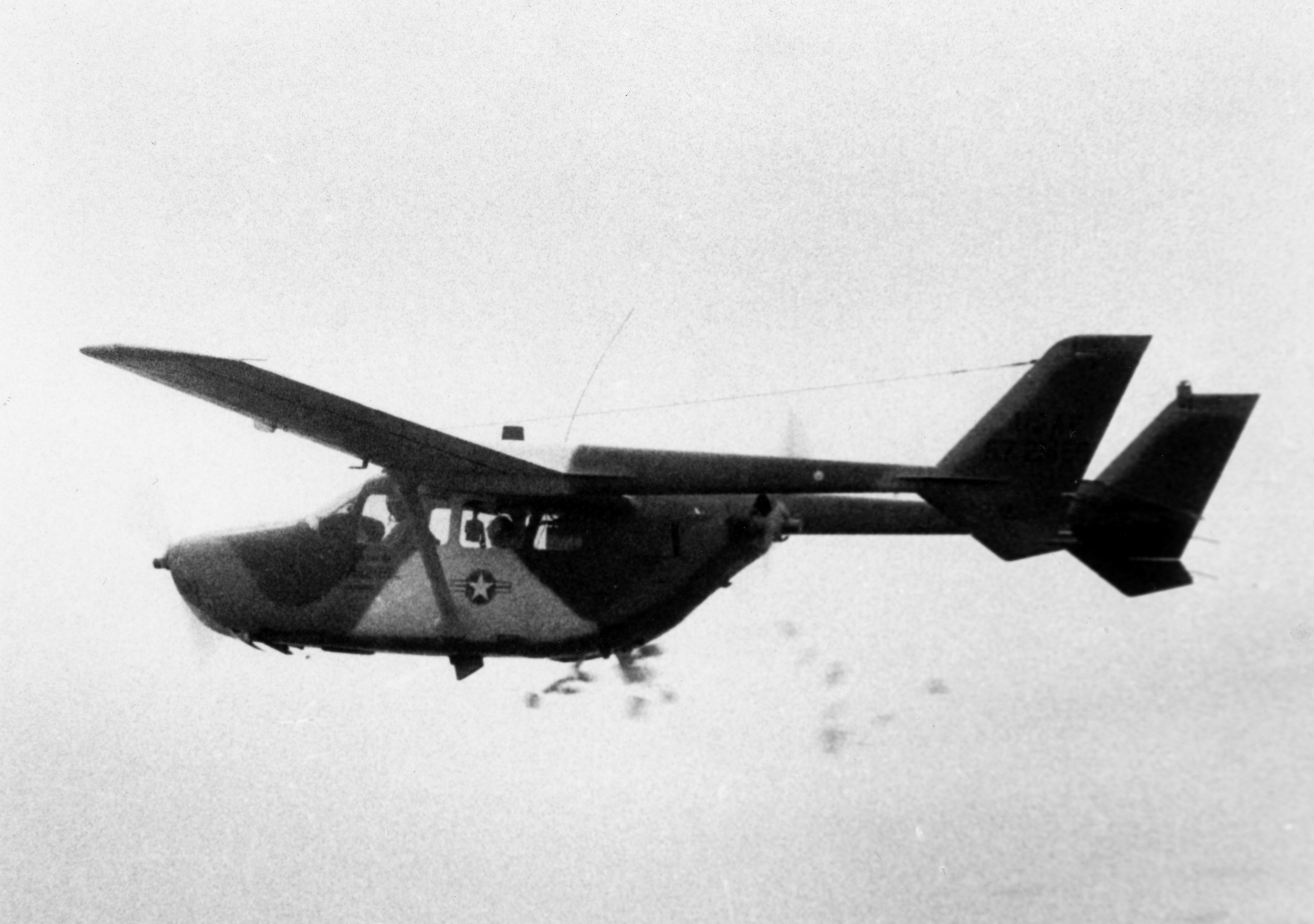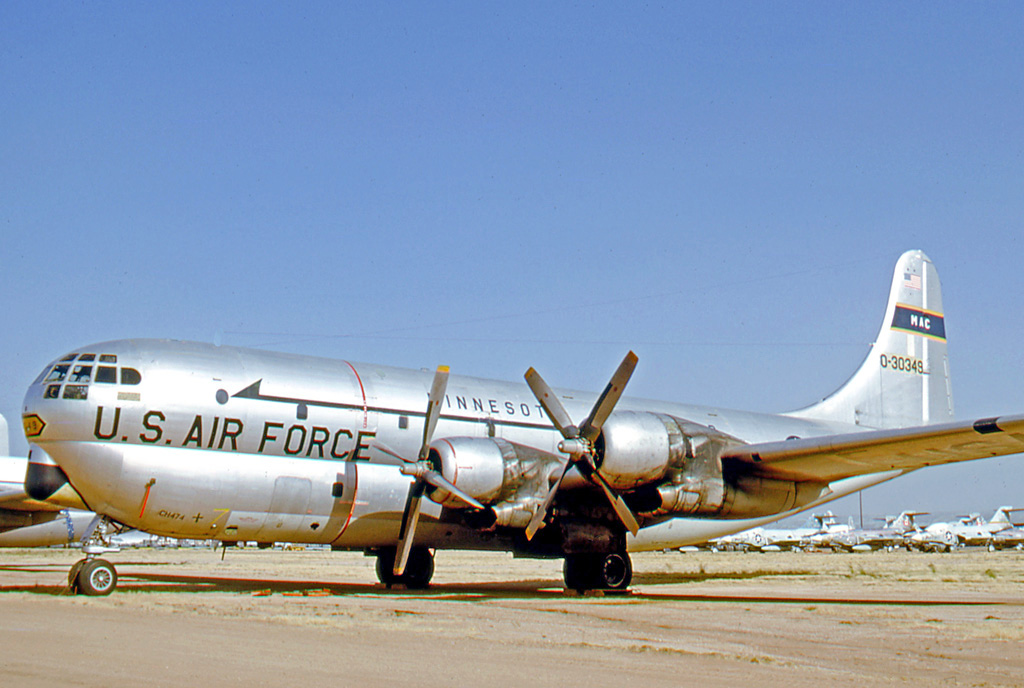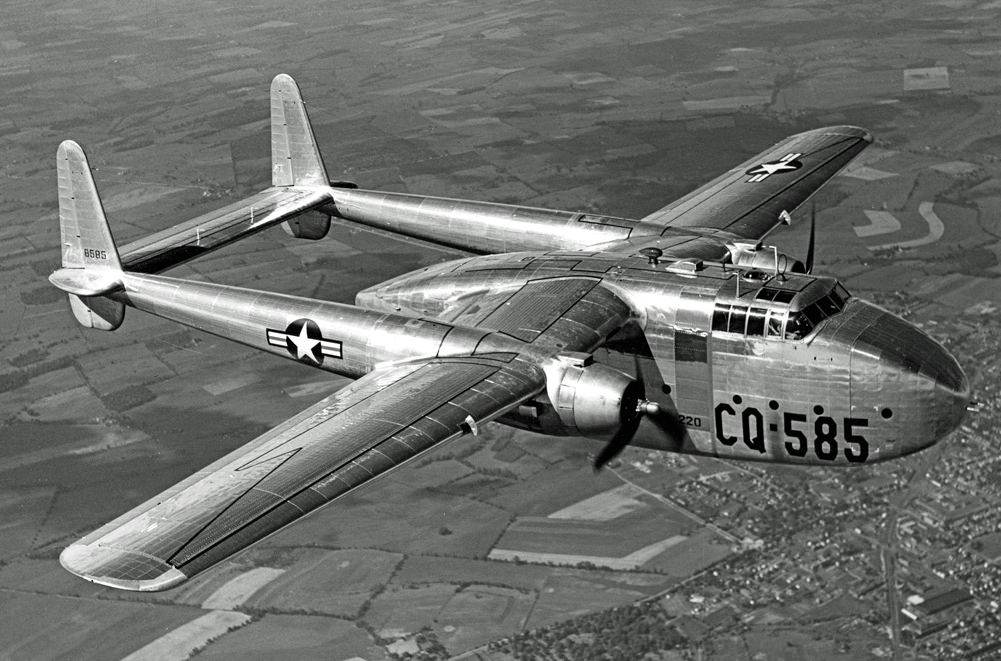|
105th Military Airlift Group
The 105th Airlift Wing (105 AW) is a unit of the New York Air National Guard, stationed at Stewart Air National Guard Base in Newburgh, New York. If activated to federal service, the 105th Airlift Wing will be brought under the command of the United States Air Force Air Mobility Command. It provides highly skilled Airmen and operationally ready equipment necessary to meet United States inter-theater airlift and expeditionary combat support commitments. Multiple groups, squadrons, and flights execute the unit's mission by providing administrative and logistical support, including airlift operations, combat control, pararescue, maintenance, supply, transportation, contracting, communications, civil engineering, personnel, base services, security forces, and medical functions. Units The 105th Airlift Wing consists of the following major units: * 105th Operations Group : 137th Airlift Squadron : 105th Operations Support Squadron * 105th Maintenance Group : 105th Aircraft Maintenance ... [...More Info...] [...Related Items...] OR: [Wikipedia] [Google] [Baidu] |
137th Fighter-Interceptor Squadron
The 137th Airlift Squadron is a unit of the New York Air National Guard 105th Airlift Wing located at Stewart Air National Guard Base, Newburgh, New York. It was first activated during World War II as the 483rd Bombardment Squadron. After converting to fighter aircraft as the 504th Fighter-Bomber Squadron, the squadron deployed to the European Theater of Operations, where it participated in combat, earning a Distinguished Unit Citation and destroying 52 enemy aircraft in air to air combat. Following V-E Day, it returned to the United States, where it was inactivated in November 1945. In 1946, it was allotted to the National Guard and in 1948 was activated in the New York Air National Guard as the 137th Fighter Squadron it continued in the fighter role until 1961, when the 137th Tactical Fighter Squadron was replaced by the 137th Aeromedical Transport Squadron. It flew transport and aeromedical evacuation missions until 1969, when the 137th Military Airlift Squadron was repla ... [...More Info...] [...Related Items...] OR: [Wikipedia] [Google] [Baidu] |
Forward Air Control
Forward air control is the provision of guidance to close air support (CAS) aircraft intended to ensure that their attack hits the intended target and does not injure friendly troops. This task is carried out by a forward air controller (FAC). A primary forward air control function is ensuring the safety of friendly troops during close air support. Enemy targets in the front line ("Forward Edge of the Battle Area" in US terminology) are often close to friendly forces and therefore friendly forces are at risk of friendly fire through proximity during air attack. The danger is twofold: the bombing pilot cannot identify the target clearly, and is not aware of the locations of friendly forces. Camouflage, a constantly changing situation and the fog of war all increase the risk. Present day doctrine holds that Forward Air Controllers (FACs) are not needed for air interdiction, although there has been such use of FACs in the past. An additional concern of forward air controllers is th ... [...More Info...] [...Related Items...] OR: [Wikipedia] [Google] [Baidu] |
Cessna Skymaster
The Cessna Skymaster is an American twin-engine civil utility aircraft built in a push-pull configuration. Its engines are mounted in the nose and rear of its pod-style fuselage. Twin booms extend aft of the wings to the vertical stabilizers, with the rear engine between them. The horizontal stabilizer is aft of the pusher propeller, mounted between and connecting the two booms.Wood, Derek: ''Jane's World Aircraft Recognition Handbook'', page 471. Jane's Publishing Company, 1985. The combined tractor and pusher engines produce centerline thrust and a unique sound.Plane and Pilot: ''1978 Aircraft Directory'', page 92. Werner & Werner Corp Publishing, 1978. The Cessna O-2 Skymaster is a military version of the Cessna Model 337 Super Skymaster. Development The first Skymaster, Model 336 Skymaster, had fixed landing gear and initially flew on February 28, 1961.Taylor, Michael: ''Encyclopedia of Modern Military Aircraft''; page 67; Gallery Books; 1987; Fitzsimons, Bernie: ''Th ... [...More Info...] [...Related Items...] OR: [Wikipedia] [Google] [Baidu] |
Cessna O-2 Skymaster
The Cessna O-2 Skymaster (nicknamed "Oscar Deuce") is a military version of the Cessna 337 Super Skymaster, used for forward air control (FAC) and psychological operations (PSYOPS) by the US military between 1967 and 2010. Design and development In 1966, the United States Air Force (USAF) commissioned Cessna to build a military variant of the Model 337 Skymaster to supplement the Cessna O-1 Bird Dog in the role of forward air control. Both the civilian and military Skymasters were low-cost twin-engine piston-powered aircraft, with one engine in the nose of the aircraft and a second in the rear of the fuselage. The push-pull configuration provided centerline thrust, allowing simpler operation than the low-wing mounting of most twin-engine light aircraft, and allowed a high wing to be used, providing clear observation below and behind the aircraft. Modifications made for the military configuration included fore-and-aft seating for a pilot and observer, instead of the six se ... [...More Info...] [...Related Items...] OR: [Wikipedia] [Google] [Baidu] |
Cessna 310
The Cessna 310 is an American four-to-six-seat, low-wing, twin-engine monoplane produced by Cessna between 1954 and 1980. It was the second twin-engine aircraft that Cessna put into production; the first was the Cessna T-50. It was used by the U.S. military as the L-27, after 1962, U-3. Over six thousand Cessna 310 and 320 aircraft were produced between 1954 and 1980. Development The 310 first flew on January 3, 1953, with deliveries starting in late 1954. The sleek modern lines of the new twin were backed up by innovative features such as engine exhaust thrust augmenter tubes and the storage of all fuel in tip tanks in early models. In 1964, the engine exhaust was changed to flow under the wing instead of the augmenter tubes, which were considered to be noisy. Typical of Cessna model naming conventions, a letter was added after the model number to identify changes to the original design over the years. The first significant upgrade to the 310 series was the 310C in 1959, whic ... [...More Info...] [...Related Items...] OR: [Wikipedia] [Google] [Baidu] |
South Vietnam
South Vietnam, officially the Republic of Vietnam (RVN; , VNCH), was a country in Southeast Asia that existed from 1955 to 1975. It first garnered Diplomatic recognition, international recognition in 1949 as the State of Vietnam within the French Union, with its capital at Saigon, before becoming a republic in 1955, when the southern half of Vietnam was a member of the Western Bloc during part of the Cold War after the 1954 Geneva Conference, 1954 division of Vietnam. South Vietnam was bordered by North Vietnam (Democratic Republic of Vietnam) to the north, Kingdom of Laos, Laos to the northwest, Khmer Republic, Cambodia to the southwest, and Thailand across the Gulf of Thailand to the southwest. Its sovereignty was recognized by the United States and 87 other nations, though it failed to gain admission into the United Nations as a result of a Soviet Union, Soviet veto in 1957. It was succeeded by the Provisional Revolutionary Government of the Republic of South Vietnam, Rep ... [...More Info...] [...Related Items...] OR: [Wikipedia] [Google] [Baidu] |
Military Airlift Command
The Military Airlift Command (MAC) is an inactive United States Air Force major command (MAJCOM) that was headquartered at Scott Air Force Base, Illinois. Established on 1 January 1966, MAC was the primary strategic airlift organization of the Air Force until 1974, when Air Force tactical airlift units in the Tactical Air Command (TAC) were merged into MAC to create a unified airlift organization. In 1982, the heritage of the World War II Air Transport Command (ATC) (1942–1948) and the postwar Military Air Transport Service (MATS) (1948–1966) were consolidated with MAC, providing a continuous history of long range airlift. Inactivated on 1 June 1992, most of MAC's personnel and equipment were reassigned to the new Air Mobility Command (AMC), with a smaller portion divided between U.S. Air Forces in Europe (USAFE), Pacific Air Forces (PACAF) and the newly created Air Education and Training Command (AETC). The heritage of MAC (and its predecessor organizations) was offici ... [...More Info...] [...Related Items...] OR: [Wikipedia] [Google] [Baidu] |
C-97 Stratofreighter
The Boeing C-97 Stratofreighter is a long-range heavy military cargo aircraft developed from the B-29 and B-50 bombers. Design work began in 1942, the first of three prototype XC-97s flew on 9 November 1944 and the first of six service-test YC-97s flew on 11 March 1947. All nine were based on the 24ST alloy structure and Wright R-3350 engines of the B-29, but with a larger-diameter fuselage upper lobe (making a figure of eight or "double-bubble" section) and they had the B-29 vertical tail with the gunner's position blanked off. The first of three heavily revised YC-97A incorporating the re-engineered wing (higher-strength 75ST alloy), taller vertical tail and larger Pratt & Whitney R-4360 engines of the B-50 bomber, flew on 28 January 1948 and was the basis of the subsequent sole YC-97B, all production C-97s, KC-97s and civilian Stratocruiser aircraft. Between 1944 and 1958, 888 C-97s in several versions were built, 811 being KC-97 tankers.Bach 1996, p. 7 C-97s served in the B ... [...More Info...] [...Related Items...] OR: [Wikipedia] [Google] [Baidu] |
C-119 Flying Boxcar
The Fairchild C-119 Flying Boxcar (Navy and Marine Corps designation R4Q) is an American military transport aircraft developed from the World War II-era Fairchild C-82 Packet, designed to carry cargo, personnel, litter patients, and mechanized equipment, and to drop cargo and troops by parachute. The first C-119 made its initial flight in November 1947, and by the time production ceased in 1955, more than 1,100 had been built. Development The Air Force C-119 and Navy R4Q was initially a redesign of the earlier C-82 Packet, built between 1945 and 1948. The Packet had provided limited service to the Air Force's Tactical Air Command and Military Air Transport Service before its design was found to have several serious problems. Though it continued in service until replaced, all of these were addressed in the C-119, which had its first test flight already in 1947. To improve pilot visibility, enlarge the cargo area, and streamline aerodynamics, the C-119 cockpit was moved forw ... [...More Info...] [...Related Items...] OR: [Wikipedia] [Google] [Baidu] |
Military Air Transport Service
The Military Air Transport Service (MATS) is an inactive United States Department of Defense, Department of Defense Unified Command. Activated on 1 June 1948, MATS was a consolidation of the United States Navy's Naval Air Transport Service (NATS) and the United States Air Force's Air Transport Command (United States Air Force), Air Transport Command (ATC) into a single joint command. It was inactivated and discontinued on 8 January 1966, superseded by the Air Force's Military Airlift Command (MAC) as a separate strategic airlift command, and it returned shore-based Navy cargo aircraft to Navy control as operational support airlift (OSA) aircraft. In 1966, the World War II Air Transport Command (ATC) (1942–1948) and the Military Air Transport Service were consolidated with Military Airlift Command (MAC) (1966–1992). Overview The Military Air Transport Service (MATS) was activated under United States Air Force Major General Laurence S. Kuter, in order to harness interservice ... [...More Info...] [...Related Items...] OR: [Wikipedia] [Google] [Baidu] |
106th Aeromedical Transport Group
The 106th Rescue Wing (106th RQW) is a unit of the New York Air National Guard, stationed at Francis S. Gabreski Air National Guard Base, Westhampton Beach, New York. If activated to federal service, the Wing is gained by the United States Air Force Air Combat Command. The Wing's Operations Group consists of three squadrons: the 101st Rescue Squadron, which uses the HH-60G Pave Hawk and HH-60W Jolly Green II helicopters; the 102d Rescue Squadron, which uses the HC-130J Combat King II airplane; and the 103d Rescue Squadron, which is made up of Air Force Pararescuemen (PJs) and Combat Rescue Officers (CROs) that use both aircraft. The 102d Rescue Squadron is a descendant organization of the World War I 102d Aero Squadron, established on 23 August 1917. It was reformed on 4 November 1922, as the 102d Observation Squadron, and is one of the 29 original National Guard Observation Squadrons of the United States Army National Guard formed before World War II. The squadron has ... [...More Info...] [...Related Items...] OR: [Wikipedia] [Google] [Baidu] |








